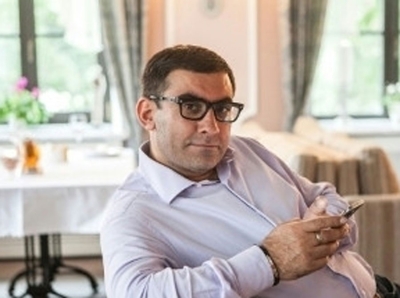HIstoric handing over of the throne in Denmark
As announced in her New Year’s speech, Queen Margrethe II of Denmark has abdicated after 52 years on the throne. Danish Prime Minister Mette Frederiksen proclaimed Margrethe’s eldest son Frederik X as the new King of Denmark. The last time a Danish monarch stepped down voluntarily was in 1146. Commentators emphasise the tensions between the historical institution of the monarchy and the modern state that Denmark sees itself as being.
An identity-creating anachronism
Now Frederik must put his words into action, Politiken demands:
“If Frederik X wants to be the ‘king of the future’, he should modernise the royal family from within. ... The royal family is an anachronism that basically represents everything the modern welfare society is trying to get rid of. It is not equal before the law. ... Its members have no religious freedom. They are not allowed to engage in politics. Yet for more than 1,000 years it has succeeded in inextricably weaving the threads of monarchy into the national identity. ... This reflects the fact that the royal family is perceived as a living part of our national identity and a collective point of reference.”
Without the people the king is nothing
Frederik is a long way from absolute rule, emphasises Berlingske:
“The royal couple must renew the monarchy if it is to endure. ... Without the love of the people, they cannot fulfil this task. The new king knows that. With his hand on his heart, hands folded and a small bow to the cheering sea of people, he showed his gratitude, but also his dependence, from the balconies of Christiansborg [the palace that houses parliament, government, the supreme court and the king’s reception rooms] and [the royal residence] Amalienborg. The popular festival that took place in Copenhagen on 14 January was proof that it is possible to unite popular government and royal power.”









